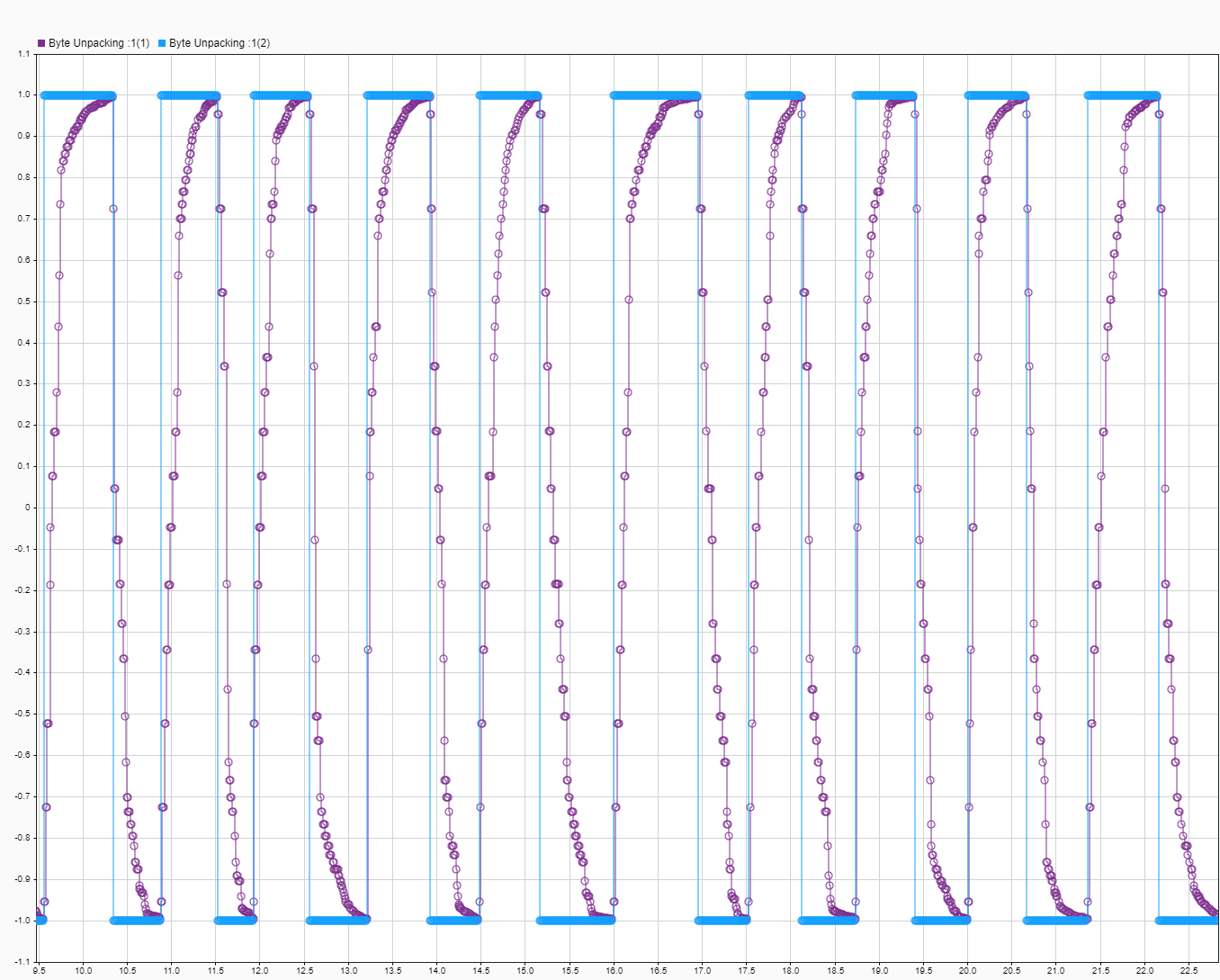UDP Send
Send data over UDP network to a remote device
Libraries:
Simulink Real-Time /
IP
Description
The UDP Send block sends data over a UDP network to a remote device. The block can send data by using the connection between the MATLAB® development computer and Speedgoat® target computers or by using a dedicated Ethernet card. If you use a dedicated Ethernet card, use the Speedgoat configuration utility to configure the dedicated Ethernet board. One of the settings provided by this utility is the Default Gateway setting. When using the UDP Send block to broadcast to 255.255.255.255, the IP interface for broadcast is based on this Default Gateway setting.
To broadcast to all devices on the
local subnetwork, set To IP address to
255.255.255.255. Otherwise, set To IP
address to a valid IP address.
For unicasting, broadcasting and multicasting, the parameters Local IP address and Local port are optional. The Local IP address applies when the block executes in a real-time application on a target computer or in a model simulation on a development computer. If your model is running in Simulink® on the development computer, you can use this block to transmit data to a remote device. In this case, the Windows® operating system determines the network connection.
